The following letter, which Joshua Reynolds (1723 – 1792) sent to a magazine of essays, provides a concise explanation of the difference between imitating Nature in the universal and in the confined sense.
This distinction is comparable with the contrast between the schematic and the photographic ends of the scale on which all paintings may be placed. The Roman style (Michelangelo and Raphael) is far more schematic than the Dutch style (Steen and Claesz).
The Venetian style (Giogione and Veronese) is slightly more towards the photographic end of the scale than the Roman. The tonality is more natural and the lines around objects are not put down as noticeably. The colour of the Venetians is not brighter than that of the Romans, but it is more gradated. Separate figures do not stand out so much, because often the tone of parts of them is made similar to that of the background.
__________________
The Idler No 79. Saturday, October 20, 1759
__________________
To the IDLER.*
Sir,
Your acceptance of a former letter on Painting, gives me encouragement to offer a few more sketches on the same subject.
Amongst the Painters, and the writers on Painting, there is one maxim universally admitted and continually inculcated. Imitate Nature is the invariable rule; but I know none who have explained in what manner this rule is to be understood; the consequence of which is, that every one takes it in the most obvious sense, that objects are represented naturally when they have such relief that they seem real. It may appear strange, perhaps, to hear this sense of the rule disputed; but it must be considered that if the excellency of a Painter consisted only in this kind of imitation, Painting must lose its rank, and be no longer considered as a liberal art, and Sister to Poetry; this imitation being merely mechanical, in which the slowest intellect is always sure to succeed best ; for the Painter of genius cannot stoop to drudgery, in which the understanding has no part; and what pretence has the art to claim kindred with Poetry but by its powers over the imagination? To this power the Painter of genius directs his aim; in this sense he studies Nature, and often arrives at his end, even by being unnatural in the confined sense of the word.
The grand style of Painting requires this minute attention to be carefully avoided, and must be kept as separate from it as the style of Poetry from that of History. Poetical ornaments destroy that air of truth and plainness which ought to characterize History; but the very being of Poetry consists in departing from this plain narration, and adopting every ornament that will warm the imagination.
To desire to see the excellencies of each style united, to mingle the Dutch with the Italian School, is to join contrarieties which cannot subsist together, and which destroy the efficacy of each other. The Italian attends only to the invariable, the great and general ideas which are fixed and inherent in universal Nature; the Dutch, on the contrary, to literal truth and a minute exactness in the detail, we may say, of Nature modified by accident. The attention to these petty peculiarities is the very cause of this naturalness so much admired in the Dutch Pictures, which, if we suppose it to be a beauty, is certainly of a lower order, which ought to give place to a beauty of a superior kind, since one can not be obtained but by departing from the other.
If my opinion was asked concerning the works of Michael Angelo, whether they would receive any advantage from possessing this mechanical merit, I should not scruple to say they would not only receive no advantage, but would lose, in a great measure, the effect which they now have on every mind susceptible of great and noble ideas. His works may be said to be all genius and soul, and why should they be loaded with heavy matter which can only counteract his purpose by retarding the progress of the imagination.
If this opinion should be thought one of the wild extravagancies of Enthusiasm, I shall only say, that those who censure it are not conversant in the Works of the great Masters. It is very difficult to determine the exact degree of enthusiasm that the art of Painting and Poetry may admit. There may perhaps be too great and indulgence as well as as too great a restraint of imagination; and if the one produces incoherent monsters, the other produces what is full as bad, lifeless insipidity. An intimate knowledge of the passions, and good sense, but not common sense, must at last determine its limits. It has been thought, and I believe with reason, that Michael Angelo sometimes transgressed those limits; and I think I have seen figures of him of which it was very difficult to determine whether they were in the highest degree sublime or extremely ridiculous. Such faults may be said to be the ebullitions of Genius; but as least he had this merit, that he never was insipid, and whatever passion his works may excite, they will always escape contempt.
What I have bad under consideration is the sublimest style, particularly that of Michael Angelo, the Homer of Painting. Other kinds may admit of this naturalness, which of the lowest kind is the chief merit; but Painting, as in Poetry, the highest style has the least of common nature.
One may very safely recommend a little more Enthusiasm to the modern Painter; too much is certainly not the vice of present age. The Italians seem to have been continually declining in this respect from the time of Michael Angelo to that of Carlo Maratti, and from thence to the very bathos of insipidity to which they are now sunk; so that there is no need of remarking that where I mentioned the Italian Painters in opposition to the Dutch, I mean not the modems, but the heads of the old Roman and Bolgnian Schools; nor did I mean to include in my idea of an Italian Painter, the Venetian School, which may be said to be the Dutch part of the Italian Genius. I have only to add a word of advice to the Painters, that however excellent they may be in painting naturally, they would not flatter themselves very much upon it ; and to the Connoisseurs, that when they see a cat or a fiddle painted so finely, that, as the phrase is, It looks as if you could take it up, they would not for that reason immediately compare the Painter to Raffaelle and Michael Angelo.
*The Idler was a series of 103 essays, all but twelve of them by Samuel Johnson, published in the London weekly the Universal Chronicle between 1758 and 1760. It is likely that the Chronicle was published for the sole purpose of including The Idler, since it had produced only one issue before the series began, and ceased publication when it finished.
https://en.wikipedia.org/
BOLOGNIAN PAINTING
In the seventeenth century, the pictures by the Carracci, Guido Reni and Guercino are anti-Baroque, in contrast to the dominant style of Rome.
The Carracci:
Brothers Annibale (1560–1609) and Agostino (1557–1602) along with their cousin Ludovico (1555–1619) worked collaboratively.
https://en.wikipedia.org/wiki/The_Carracci

The Mystic Marriage of St Catherine
Created: between 1585 and 1587
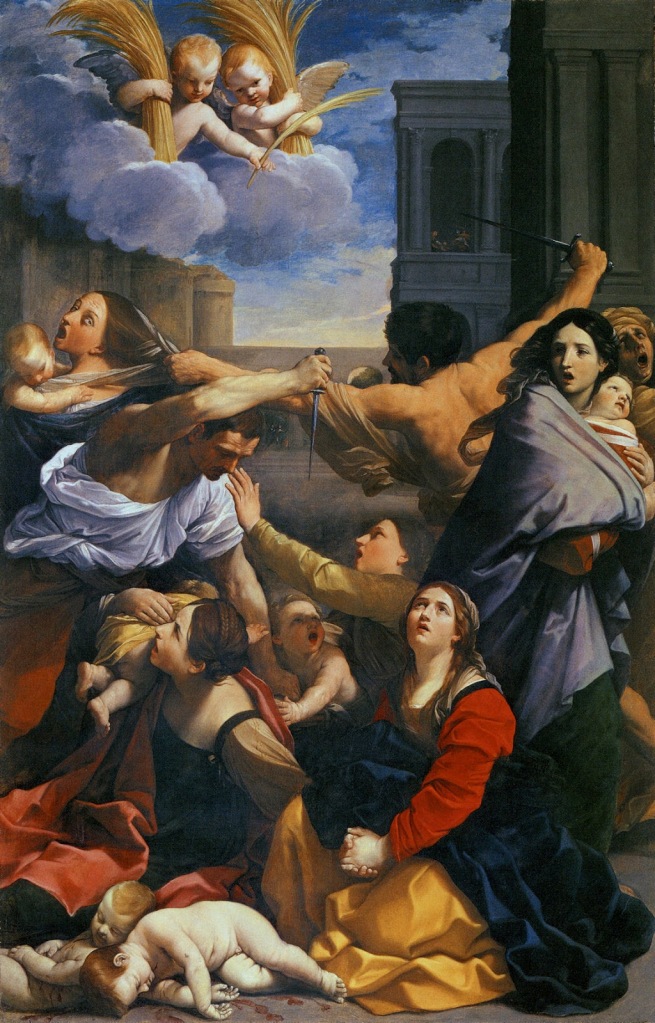
Massacre of the Innocents 1611

Susanna and the Elders 1617
DECLINE IN THE ROMAN SCHOOL (According to Reynolds)

Deluge (detail) Sistine ceiling 1509
Reynolds pointed out how the standard of painting in Rome had declined from Michelangelo to Carlo Marrata.
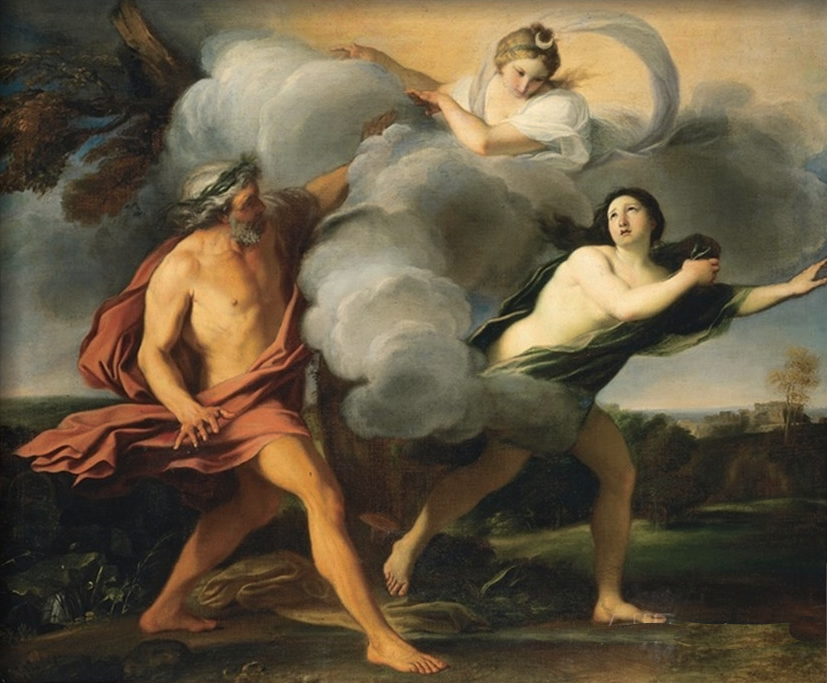
Alpheus and Arethusa
between 1655 and 1657
Reynolds pointed out how the standard of painting in Rome had declined from Michelangelo to Carlo Marrata.
ROMAN PAINTING
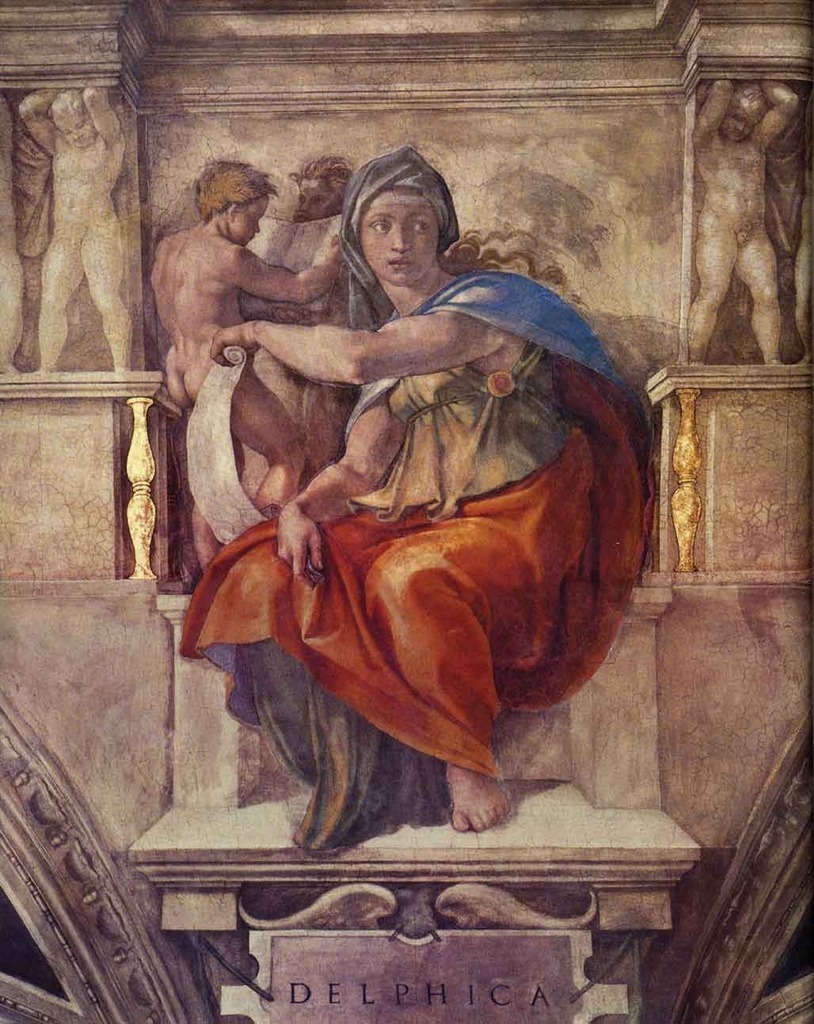
Delphic Sybil – 1509
detail from the Sistine ceiling, Rome – 1508 to 1512
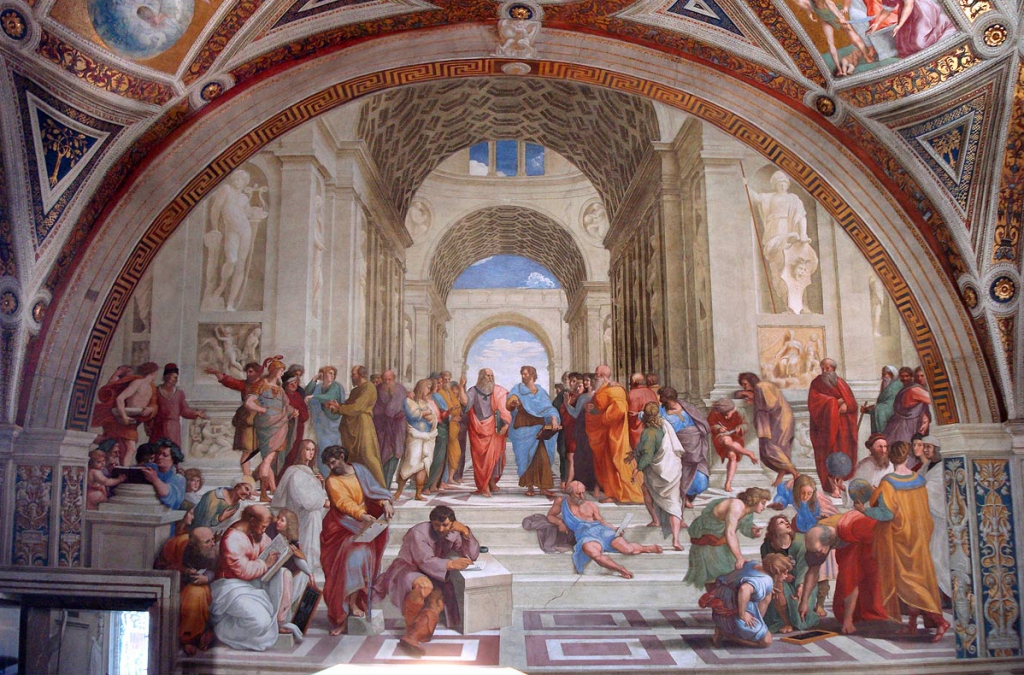
The School of Athens, 1509–1511,
fresco at the Raphael Rooms,
Apostolic Palace, Vatican City
VENETIAN PAINTING
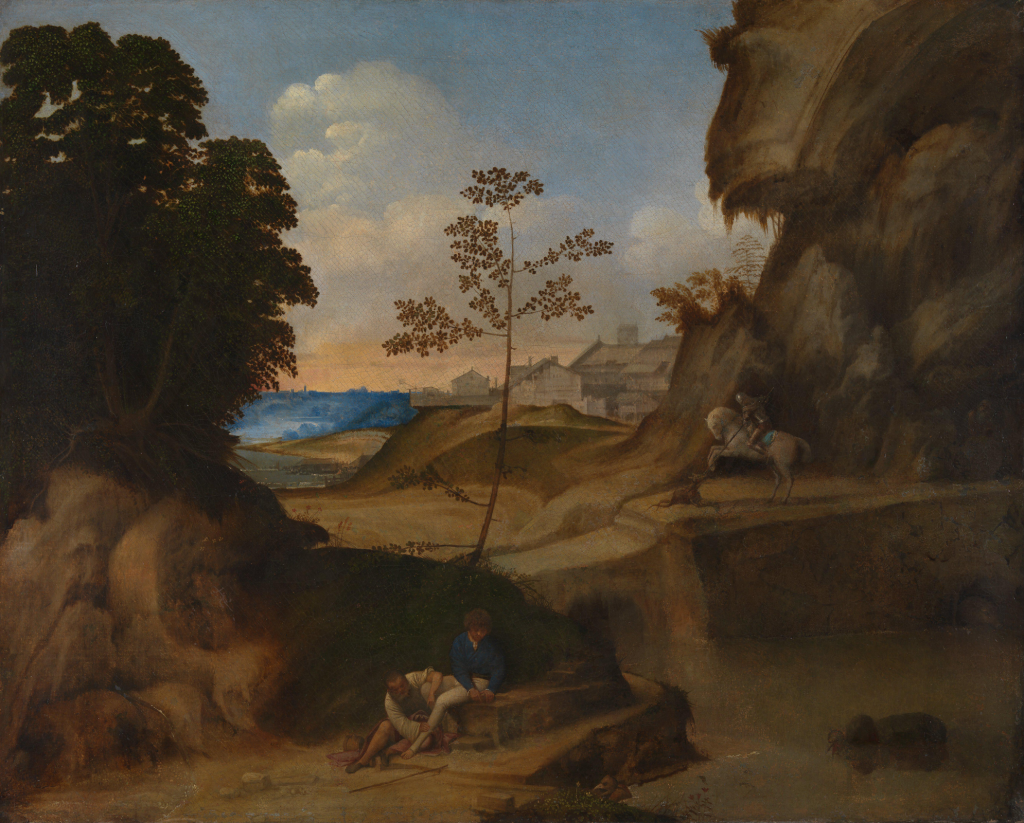
Il Tramonto (The Sunset) – 1506-10
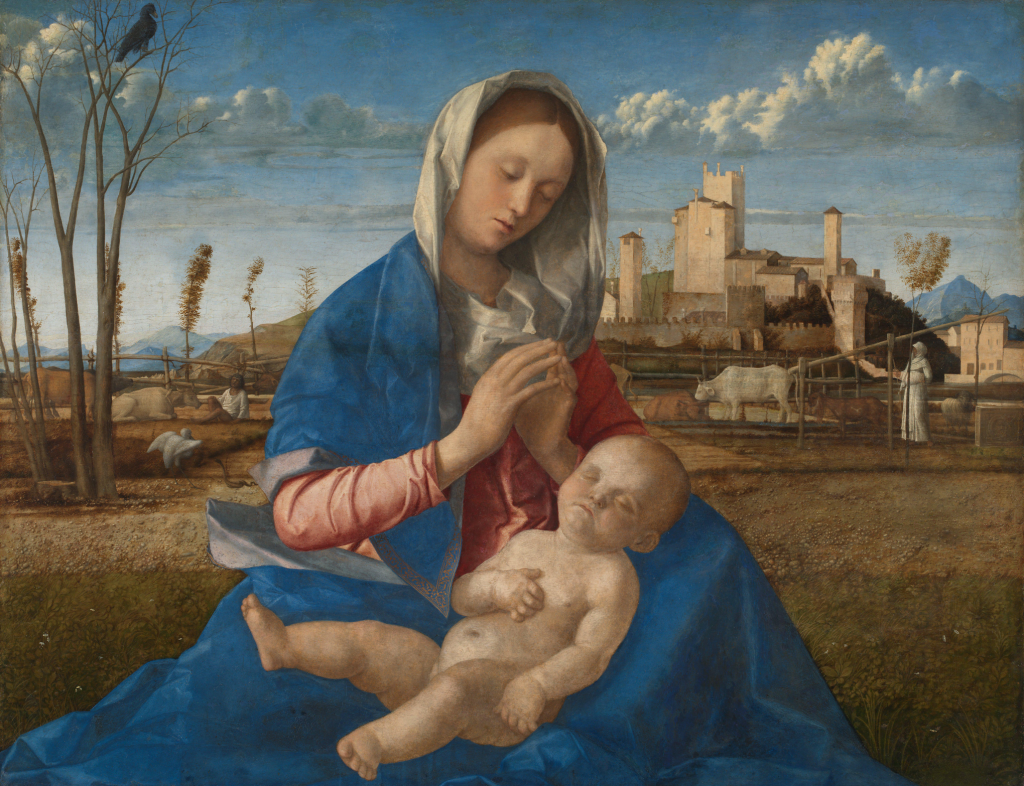
Madonna of the Meadow – about 1500-5

Diana and Actaeon – 1556-9

The Origin of the Milky Way – about 1575
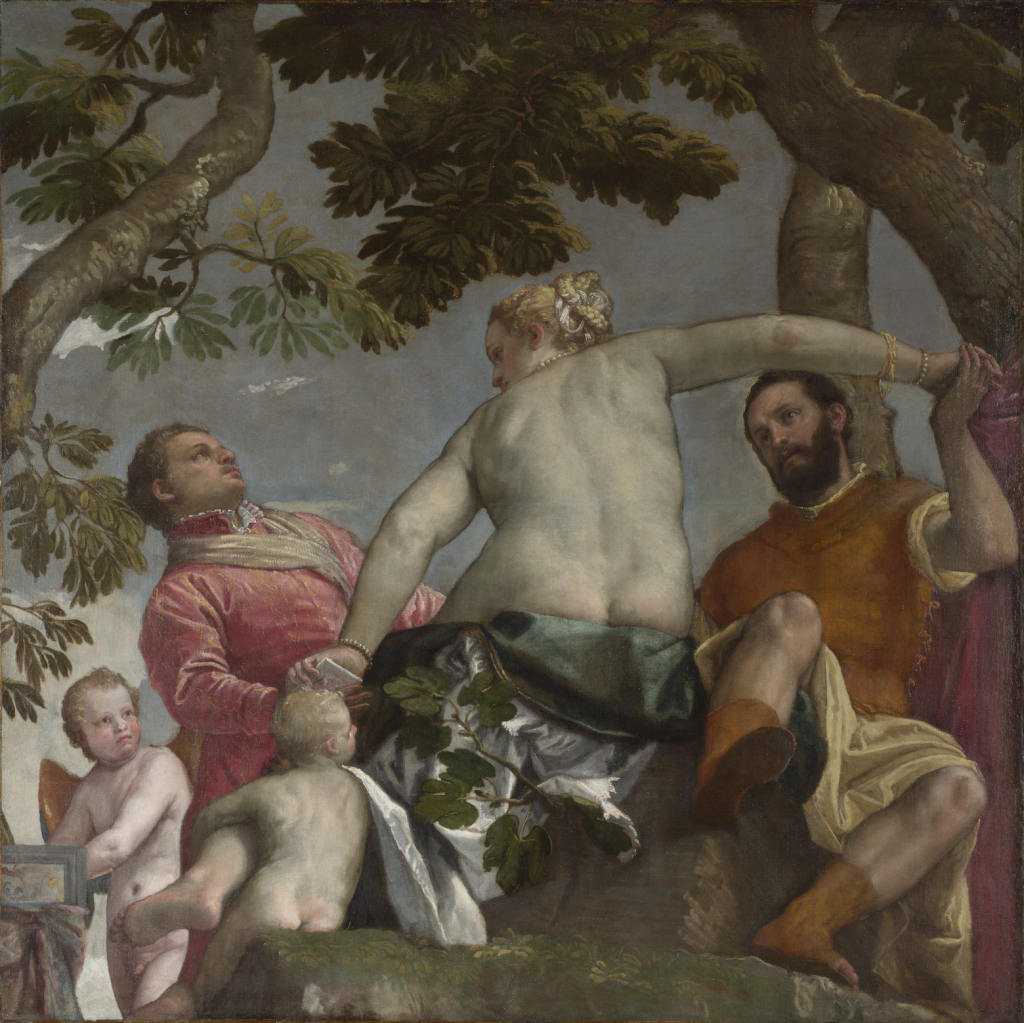
Unfaithfulness – about 1575
DUTCH PAINTING

The Interior of an Inn (‘The Broken Eggs’) – about 1665-70

The Outskirts of a Village, with a Horseman – 1640s

Still Life: Pewter and Silver Vessels and a Crab – probably about 1633-7